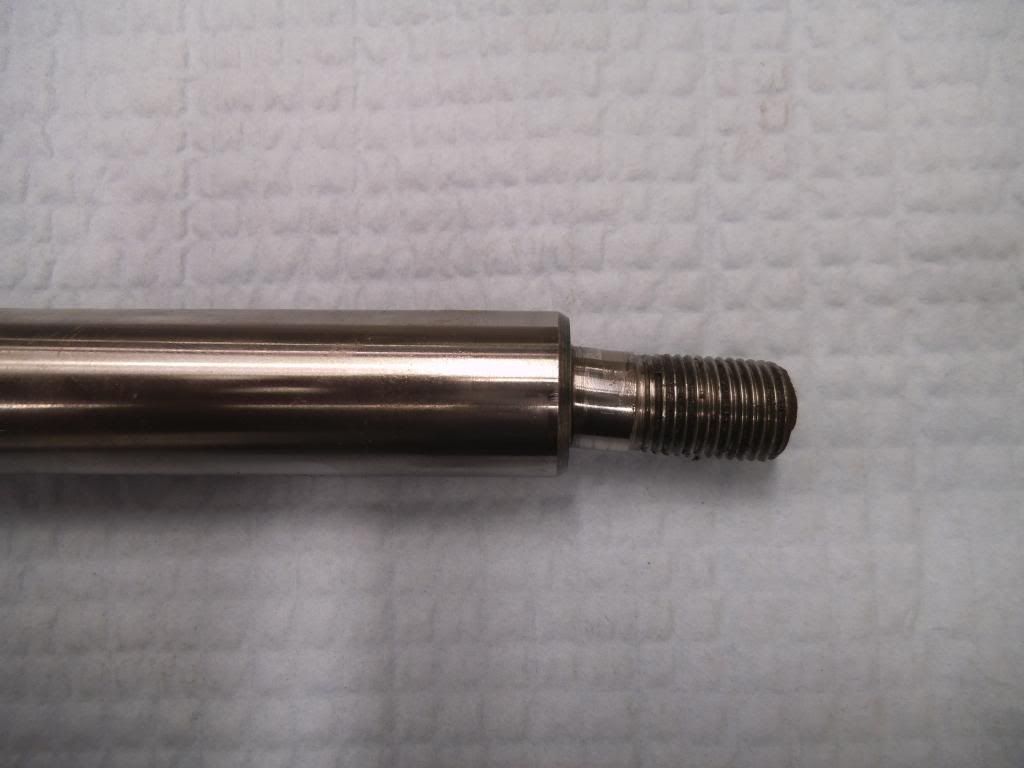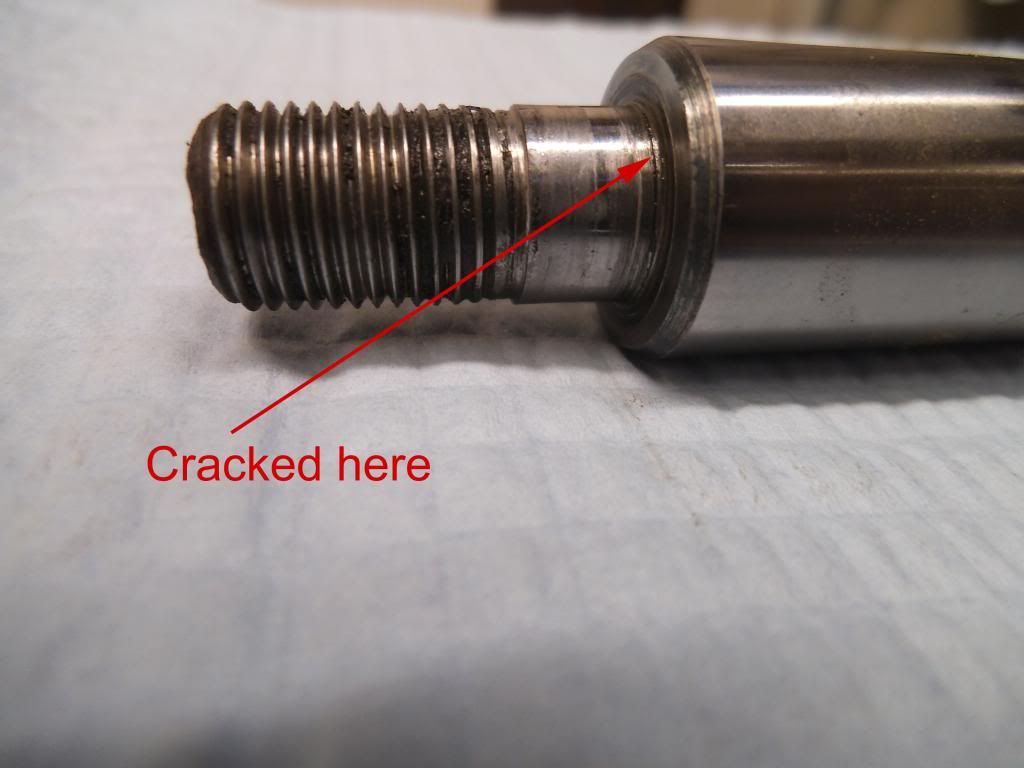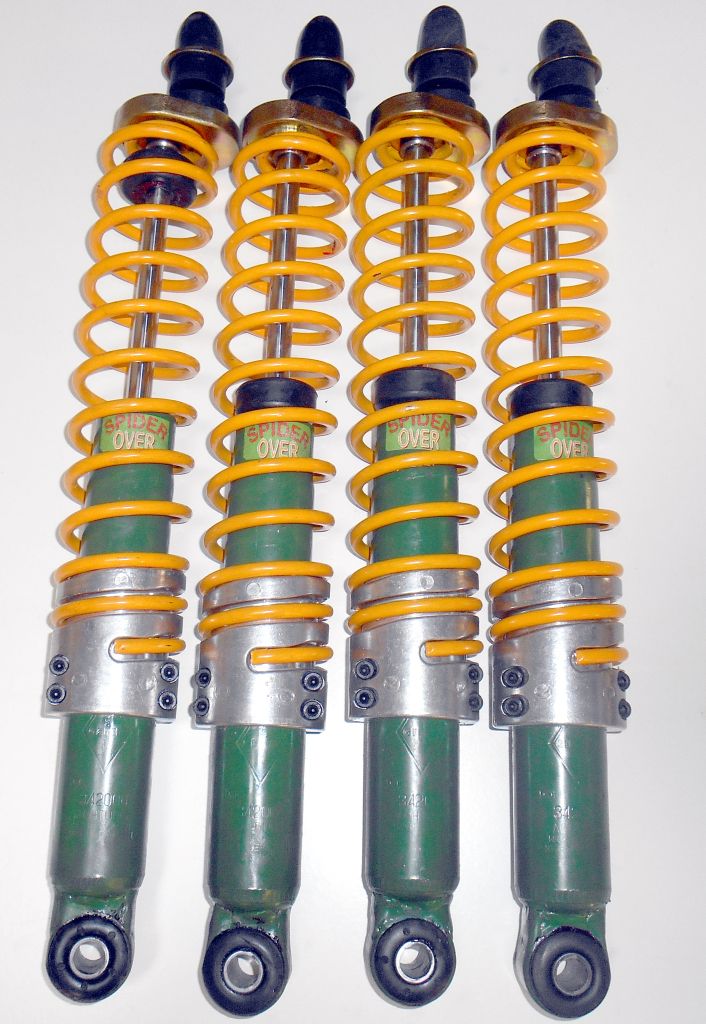Re: Bump Steer
Posted: Mon Feb 16, 2015 7:45 am
Dutchacme, thanks for finding those Graphs, they are quite telling. I haven't yet considered a MKII Rack, MKI Arm configuration nor Bump Steer under Cornering - yet! One bite at a time for me!! Up to now, I've only been looking at the action in a straight line, but taking in to account road surface. There is some software available for which I'm likely to obtain only to speed up analysis and make it a little less teadious when looking at options.
The difference in lengths (per side) between a MKI and MKII racks is 0.230", but makes a big difference down on the road. The 'Ackermann Angles' are both a blessing and a curse! It gets considerable worse though when the rack is moved further forward or back from the line between the ends of the steering arms. What's not often stated in any litterature on this aspect is the Angle to consider is not one which intersects the centre line of the rear axle, but the angle between the Steering Arm on the Hub and that of the Arm from the Rack, though not an overiding aspect in a Mini as the option of moving the rack fore or aft is very limited indeed, however, without check 'on paper' I suspect the negative Ackermann you were seeing is due to the rack being in a raised location above the Steering Arms.
So, is it fair to say that the effect on a Mini is undesirable? As I have mentioned, I'm looking at road use, not track or competion use. It does appear that this has been purposely Engineered in to the original design and while it flys in the face of normal 'logic', my wanting to understand it is to see if it does have a useful purpose and is desirable to keep. I am of the impression that Jack Daniels and his guys knew exactly what they were doing.
While I see it and understand it - on paper - I'm still trying get get a handle on it in real life. When I drive these cars, I must say, I don't notice the effect when say going over rough surfaces in a straight line, if all the front end parts are 'matched' (ie, MKI Rack, MKI Arms), yet when there is a mis-match (MKI Rack, MKII Arms) the effect is quite noticable.
The difference in lengths (per side) between a MKI and MKII racks is 0.230", but makes a big difference down on the road. The 'Ackermann Angles' are both a blessing and a curse! It gets considerable worse though when the rack is moved further forward or back from the line between the ends of the steering arms. What's not often stated in any litterature on this aspect is the Angle to consider is not one which intersects the centre line of the rear axle, but the angle between the Steering Arm on the Hub and that of the Arm from the Rack, though not an overiding aspect in a Mini as the option of moving the rack fore or aft is very limited indeed, however, without check 'on paper' I suspect the negative Ackermann you were seeing is due to the rack being in a raised location above the Steering Arms.
So, is it fair to say that the effect on a Mini is undesirable? As I have mentioned, I'm looking at road use, not track or competion use. It does appear that this has been purposely Engineered in to the original design and while it flys in the face of normal 'logic', my wanting to understand it is to see if it does have a useful purpose and is desirable to keep. I am of the impression that Jack Daniels and his guys knew exactly what they were doing.
While I see it and understand it - on paper - I'm still trying get get a handle on it in real life. When I drive these cars, I must say, I don't notice the effect when say going over rough surfaces in a straight line, if all the front end parts are 'matched' (ie, MKI Rack, MKI Arms), yet when there is a mis-match (MKI Rack, MKII Arms) the effect is quite noticable.








